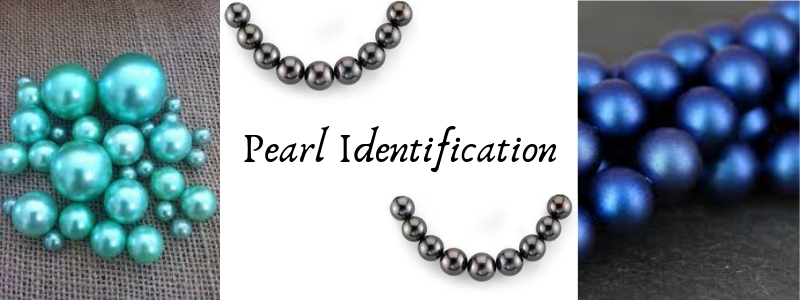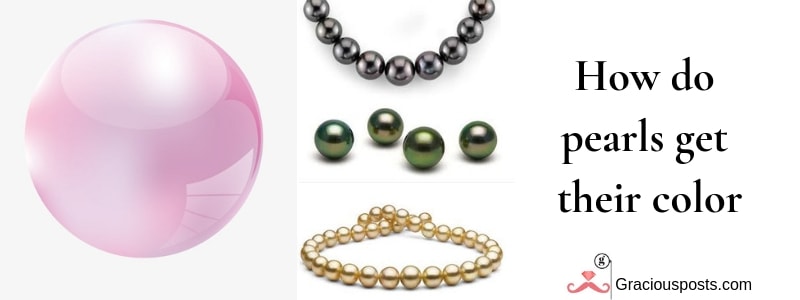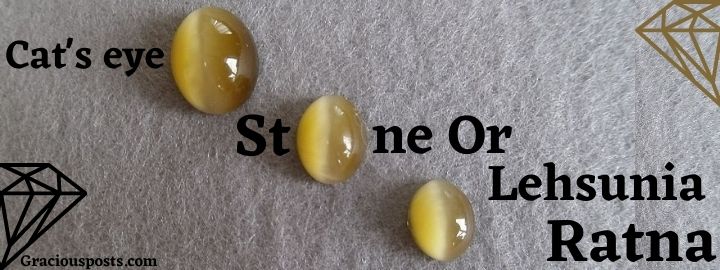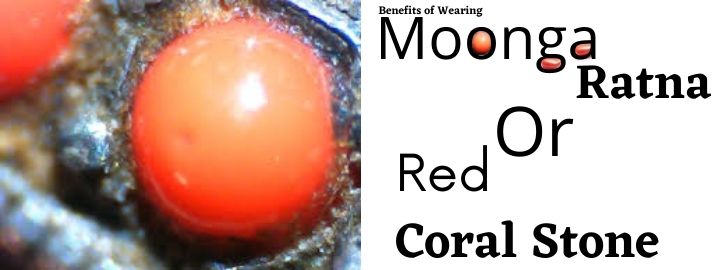How to identify Pearls(Pearl Identification)
1. In Collection of pearls as in necklace uniformity in colour and size indicates that pearls may be cultured pearls.
2. A Collection circle pearls would suggest nucleated cultured pearls. Circle’s are rare as natural pearls types.
3. In transmitted light cultured pearls glows uniformly and if light shines unevenly through the pearls then darker areas may be seen due to mother-of-pearl bead as a nucleus.
4. With 10x lens the drill hole of a nucleated culture pearl should reveal the presence of the mother-of-pearl nucleus.
5. A dark line or layer will be visible down the drill hole when nacre is greater than the normal amount.
6. A Nucleus of a different colour to the nacre is the sign of a nucleated cultured pearl types.
7. The Dark bead nucleus below nacre gives as a whole grey appearance to the pearl.

8. Sometimes due to wear and tear the nacre of cultured pearl may be removed exposing the nucleus of pearl.
9. A slightly glassy lustre may indicate a hollow glass bead with an imitation pearl coating applies to the inner surface.
10. Conch and baler pearls display a flame-like a pattern under magnification.
READ – WHAT IS PEARLS
How do pearls get their colour:-
The following factors decide the colour of pearls and other hues in natural and cultured pearls:-
• The Presence of mineral salts in water, due to the type of marine soil.
• Cream and golden colour in pearls is due to the large percentage of magnesium carbonate, iron oxide and aluminium.
• White pearls lack these minerals.
• The degree of salinity in water.
• The amount of Plankton, Water rich in plankton gives the pearl a light green tint, as in the case of Australian pearls.
• The water temperature after the colour of pearls and thickness of nacre secreted by the oyster. In warm water, the animal mobilisation increases leading thicker nacre layer.
• Sometimes a pearl has started with a conchiolin rich centre will be affected by the domination of a dark beginning right through its layers which themselves may be white and nacreous but overall of pearl is cream or brownish.
• Organic pigments in nacre affect the colour of pearl thus silver-lip, gold-lip and black lip-oyster produce these colours in the pearls they produce.
• The colour pink, white and silver are due to light interface from layers of pearl.
• White yellow, Salmon pink and black are the result of the presence of chromatophore albumin in the pearl.
• The blue colour also results in coloured material between the nucleus and the pearl.
• The Quality of nacre also affects the colour of the pearl, if nacre is very thin, the colour will look milky and lack overtone tints.




